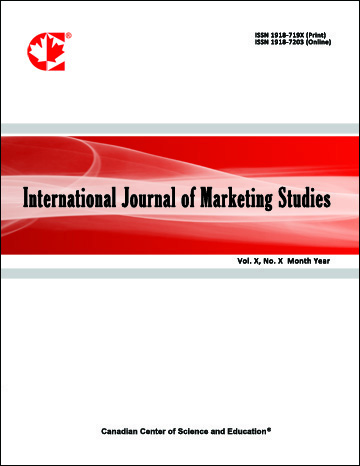Relationship between Word-of-Mouth Network and Behavioral Tendency—Preliminary Research for Local Downtown Activation
- Gao wa
- Yoichi seki
- Takayuki takarada
Abstract
Considering the conversational transmission of a specific topic in human circles as a word-of-mouth (WOM)network, we enumerate two hypotheses. First, the structure of a WOM network is strongly related to the network
members’ behavioral tendency concerning the topic of WOM communication. Second, if new information is
acquired by some network members, it will be spread in the network. In this research, to verify these hypotheses,
we conduct questionnaire surveys of two communities of students in a university, and we investigate members’
conversational relations on the topic of eating-out destinations. To understand the WOM networks, we propose
some indexes—n-density, effective edge rate of word-of-mouth, and others—and the spread rate of new
information is evaluated based on the results. The results will be used as preliminary data for activation of
downtown Kiryu City, including restaurants.
- Full Text:
 PDF
PDF
- DOI:10.5539/ijms.v5n5p1
Journal Metrics
Google-based Impact Factor (2021): 1.34
h-index (July 2022): 70
i10-index (July 2022): 373
Index
- Academic Journals Database
- CNKI Scholar
- EconBiz
- Electronic Journals Library
- Excellence in Research for Australia (ERA)
- GETIT@YALE (Yale University Library)
- Harvard Library
- IBZ Online
- Infotrieve
- JournalTOCs
- LOCKSS
- MIAR
- PKP Open Archives Harvester
- RePEc
- ResearchGate
- ROAD
- Scilit
- SHERPA/RoMEO
- Stanford Libraries
- UCR Library
Contact
- Alyssa SunEditorial Assistant
- ijms@ccsenet.org
